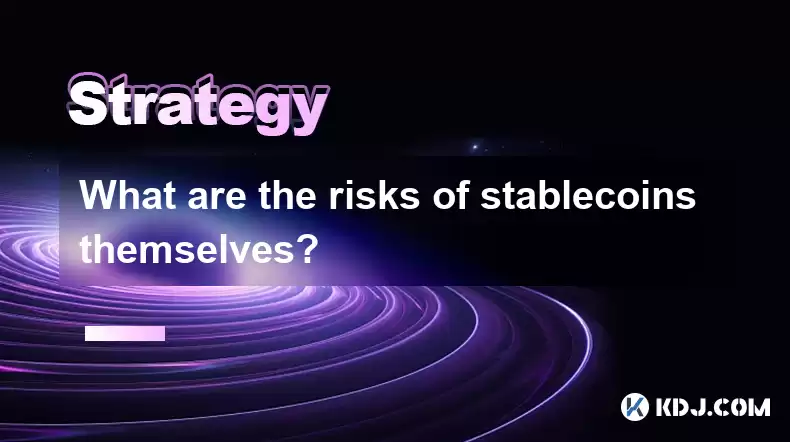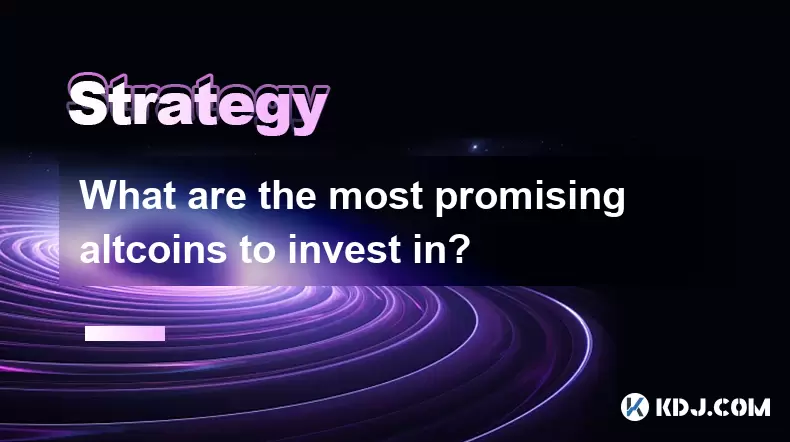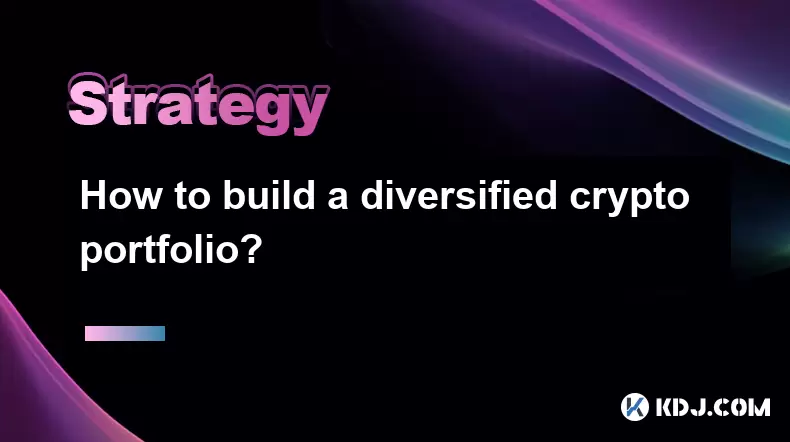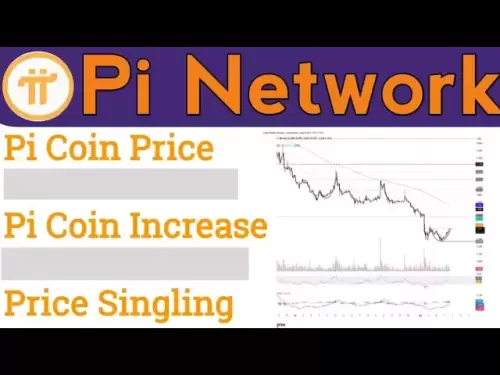-
 Bitcoin
Bitcoin $116900
0.00% -
 Ethereum
Ethereum $4280
5.48% -
 XRP
XRP $3.265
-1.45% -
 Tether USDt
Tether USDt $1.000
-0.01% -
 BNB
BNB $807.0
1.41% -
 Solana
Solana $183.1
2.93% -
 USDC
USDC $0.9999
0.00% -
 Dogecoin
Dogecoin $0.2440
6.50% -
 TRON
TRON $0.3357
-0.88% -
 Cardano
Cardano $0.8178
2.63% -
 Hyperliquid
Hyperliquid $44.13
7.45% -
 Chainlink
Chainlink $21.39
9.09% -
 Stellar
Stellar $0.4524
-0.84% -
 Sui
Sui $3.957
2.13% -
 Bitcoin Cash
Bitcoin Cash $572.7
-2.54% -
 Hedera
Hedera $0.2671
1.54% -
 Avalanche
Avalanche $24.77
4.17% -
 Ethena USDe
Ethena USDe $1.001
0.02% -
 Litecoin
Litecoin $122.3
-1.94% -
 Toncoin
Toncoin $3.432
2.26% -
 UNUS SED LEO
UNUS SED LEO $9.007
0.49% -
 Shiba Inu
Shiba Inu $0.00001396
5.26% -
 Uniswap
Uniswap $11.09
1.64% -
 Polkadot
Polkadot $4.155
4.57% -
 Dai
Dai $1.000
0.00% -
 Pepe
Pepe $0.00001253
5.11% -
 Cronos
Cronos $0.1588
2.67% -
 Bitget Token
Bitget Token $4.512
0.05% -
 Monero
Monero $275.0
0.64% -
 Ethena
Ethena $0.7527
15.10%
What are the risks of stablecoins themselves?
Stablecoins' stability and liquidity can be significantly influenced by the quality and reliability of the collateral backing them, such as fiat currencies or other cryptocurrencies.
Feb 25, 2025 at 08:13 am

Key Points:
- Definition of Stablecoins
- Risks of Stablecoin Issuance
- Custody and Security Risks
- Market Volatility and De-pegging
- Regulatory Uncertainty
Risks of Stablecoins Themselves
Stablecoins are a type of cryptocurrency designed to maintain a stable value against a fiat currency, such as the US dollar. However, there are various risks associated with stablecoins themselves that investors need to be aware of.
1. Risks of Stablecoin Issuance:
Stablecoins are typically backed by collateral, either fiat currencies, other cryptocurrencies, or a combination of both. The quality and reliability of this collateral can significantly impact the stability and liquidity of the stablecoin.
- Collateralization Levels: The collateralization level refers to the ratio of collateral held to the total supply of stablecoins. Insufficient collateralization can increase the risk of the stablecoin losing its peg to the underlying fiat currency if the collateral experiences a decline in value.
- Transparency and Audits: It is essential for stablecoin issuers to maintain transparent and auditable operations. Regular financial audits can provide assurance that the collateral backing the stablecoin is accurate and sufficient.
- Issuer Solvency: The solvency of the stablecoin issuer is crucial. If the issuer becomes insolvent or experiences financial difficulties, it may be unable to meet redemption requests from stablecoin holders, potentially leading to the devaluation of the stablecoin.
2. Custody and Security Risks:
Stablecoins often require custody services to safeguard the collateral backing the tokens. The security of these services is critical in mitigating the risk of theft or loss of collateral.
- Custodian Security: The custodian of the stablecoin collateral should employ robust security measures to prevent unauthorized access, hacking, or other cyberattacks. This includes implementing multi-factor authentication, encryption, and secure storage practices.
- Cybersecurity Breaches: Stablecoin platforms and custodians are vulnerable to cybersecurity breaches. Weaknesses in the software or operational procedures can create opportunities for hackers to exploit the system and steal or manipulate the stablecoin assets.
- Transparency in Custody Arrangements: Stablecoin issuers should provide clear and transparent information regarding the custody arrangements for their collateral. This includes the names and reputations of the custodians, the security measures they employ, and the regulatory oversight they are subject to.
3. Market Volatility and De-pegging:
Market volatility can impact stablecoin prices and stability. Sudden fluctuations in the underlying fiat currency or the cryptocurrency markets can cause stablecoins to temporarily deviate from their intended peg.
- Market Supply and Demand: Changes in supply and demand for stablecoins can influence their prices in the open market. High demand for stablecoins can drive their prices above the intended peg, while reduced demand can cause prices to fall below the peg.
- Trading Volume and Liquidity: Stablecoins with high trading volume and market liquidity are less likely to experience significant fluctuations from their peg. Low liquidity can exacerbate market volatility and make it more challenging to maintain the stability of the stablecoin.
- Algorithmic Stablecoins: Algorithmic stablecoins use complex algorithms to adjust their supply and demand and maintain their peg. However, these algorithms can fail or be vulnerable to manipulation, leading to de-pegging events.
4. Regulatory Uncertainty:
The regulatory landscape for stablecoins is still evolving, and regulatory uncertainty can create risks for stablecoin issuers and holders.
- Lack of Clear Regulations: Many jurisdictions have yet to establish comprehensive regulations specifically tailored to stablecoins. This lack of clarity can make it difficult for issuers to comply with legal requirements and increase the risk of regulatory action.
- Varying Regulatory Approaches: Different jurisdictions may adopt different regulatory frameworks for stablecoins. This can lead to confusion and uncertainty for issuers and stablecoin users who operate across borders.
- Enforcement Actions: Regulatory authorities have taken enforcement actions against some stablecoin issuers for alleged violations of securities laws or other regulations. These actions can damage the reputation of stablecoins and reduce investor confidence.
FAQs:
- What is the main risk associated with stablecoins?
Answer: The main risk is that stablecoins may lose their peg to the fiat currency they are backed by, causing their value to fluctuate or even collapse. - What factors can cause stablecoins to de-peg?
Answer: Market volatility, insufficient collateralization, lack of liquidity, and regulatory uncertainty can all contribute to stablecoin de-pegging events. - How do stablecoin issuers mitigate these risks?
Answer: Issuers use a variety of methods to mitigate risks, including maintaining sufficient collateral, partnering with reputable custodians, implementing robust security measures, and conducting regular financial audits. - What is the role of regulation in stablecoins?
Answer: Regulation aims to provide a framework for stablecoin issuance and operation, protect investors, and reduce the risk of financial instability.
Disclaimer:info@kdj.com
The information provided is not trading advice. kdj.com does not assume any responsibility for any investments made based on the information provided in this article. Cryptocurrencies are highly volatile and it is highly recommended that you invest with caution after thorough research!
If you believe that the content used on this website infringes your copyright, please contact us immediately (info@kdj.com) and we will delete it promptly.
- Crypto Gains, Strategy, and Millions: Decoding the Hottest Trends
- 2025-08-10 14:30:12
- Coinbase Dives into DEX Trading: A New Era for US Crypto Users (Except You, New York!)
- 2025-08-10 14:30:12
- Cold Wallet's Presale: A High ROI Haven in the Crypto Storm
- 2025-08-10 12:50:11
- Meme Coins in 2025: Analyst Accumulation and the Hunt for the Next Moonshot
- 2025-08-10 13:10:11
- Meme Coins in 2025: Early Access to the Moon with $MOBU
- 2025-08-10 12:30:11
- Bitcoin's Golden Cross: Rally Outlook and What's Next
- 2025-08-10 12:30:11
Related knowledge

How to use stop-loss orders to limit potential losses?
Aug 08,2025 at 02:01pm
Understanding Stop-Loss Orders in Cryptocurrency TradingA stop-loss order is a risk management tool used by traders to automatically sell a cryptocurr...

What are the most promising altcoins to invest in?
Aug 10,2025 at 11:42am
Understanding the Role of Private Keys in Cryptocurrency WalletsIn the world of cryptocurrency, private keys are the cornerstone of ownership and cont...

How to read cryptocurrency charts and use technical analysis?
Aug 08,2025 at 11:08am
Understanding the Basics of Cryptocurrency ChartsCryptocurrency charts are graphical representations of price movements over time. These charts are es...

How to do your own research (DYOR) before investing in a crypto project?
Aug 08,2025 at 09:07pm
Understanding the Core Principles of DYOR in CryptocurrencyEngaging in due diligence before investing in any cryptocurrency project is essential to mi...

How to build a diversified crypto portfolio?
Aug 09,2025 at 12:21pm
Understanding the Importance of Diversification in CryptoDiversification in the cryptocurrency space is a strategy used to reduce risk by spreading in...

How to avoid common crypto investment mistakes?
Jul 13,2025 at 01:35am
Understanding the Risks of Crypto InvestmentInvesting in cryptocurrency can be highly rewarding, but it also comes with significant risks. One of the ...

How to use stop-loss orders to limit potential losses?
Aug 08,2025 at 02:01pm
Understanding Stop-Loss Orders in Cryptocurrency TradingA stop-loss order is a risk management tool used by traders to automatically sell a cryptocurr...

What are the most promising altcoins to invest in?
Aug 10,2025 at 11:42am
Understanding the Role of Private Keys in Cryptocurrency WalletsIn the world of cryptocurrency, private keys are the cornerstone of ownership and cont...

How to read cryptocurrency charts and use technical analysis?
Aug 08,2025 at 11:08am
Understanding the Basics of Cryptocurrency ChartsCryptocurrency charts are graphical representations of price movements over time. These charts are es...

How to do your own research (DYOR) before investing in a crypto project?
Aug 08,2025 at 09:07pm
Understanding the Core Principles of DYOR in CryptocurrencyEngaging in due diligence before investing in any cryptocurrency project is essential to mi...

How to build a diversified crypto portfolio?
Aug 09,2025 at 12:21pm
Understanding the Importance of Diversification in CryptoDiversification in the cryptocurrency space is a strategy used to reduce risk by spreading in...

How to avoid common crypto investment mistakes?
Jul 13,2025 at 01:35am
Understanding the Risks of Crypto InvestmentInvesting in cryptocurrency can be highly rewarding, but it also comes with significant risks. One of the ...
See all articles

























































































